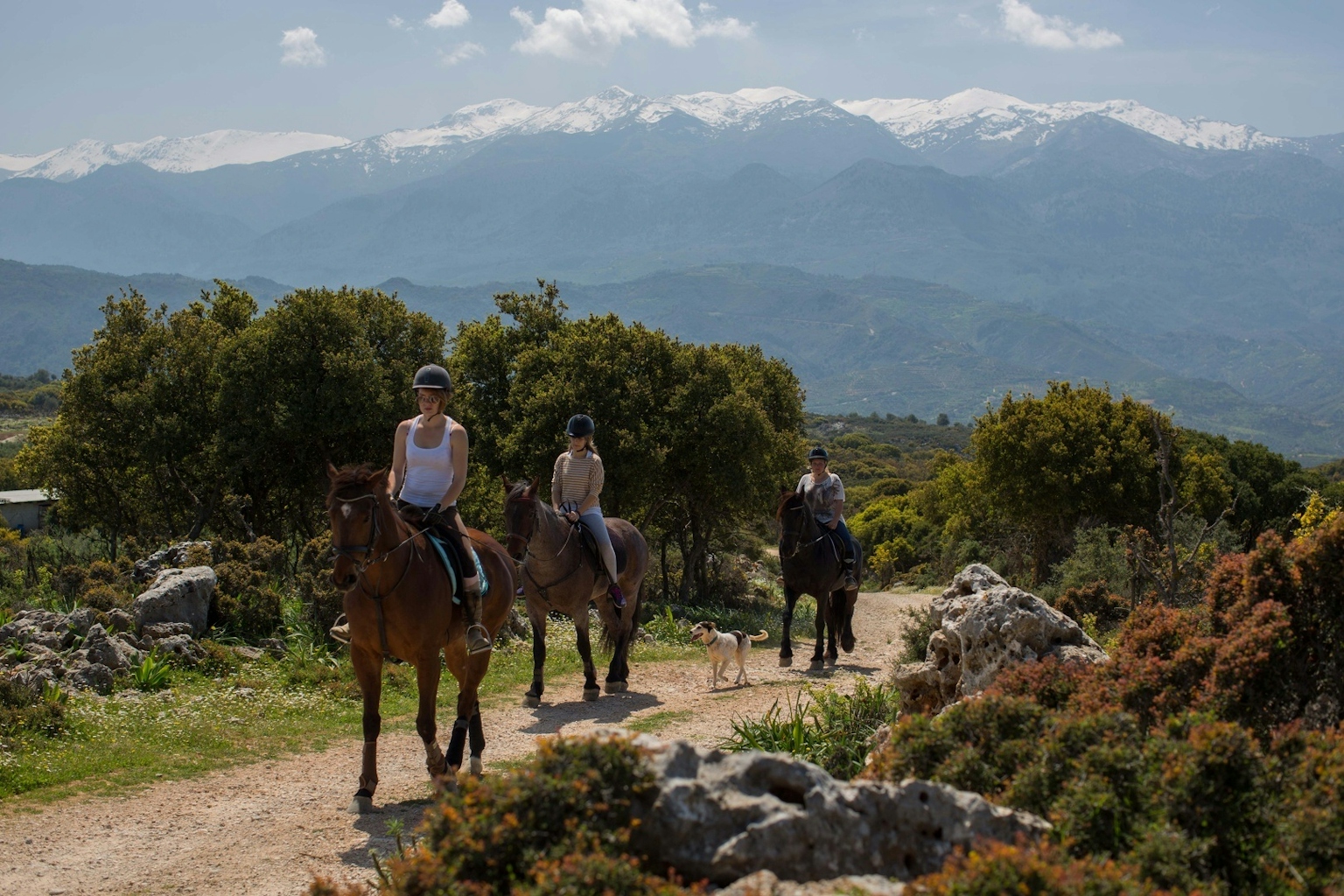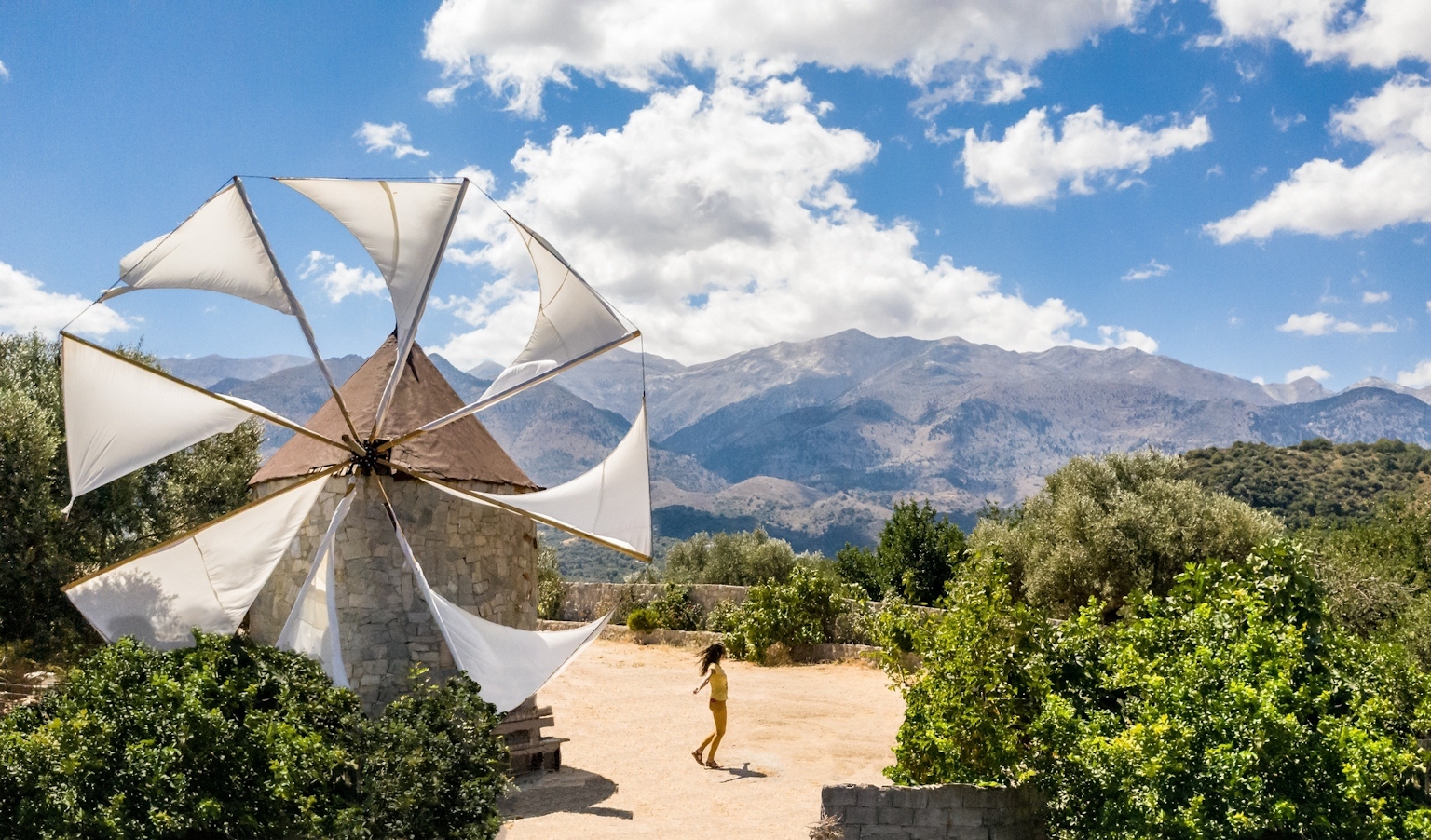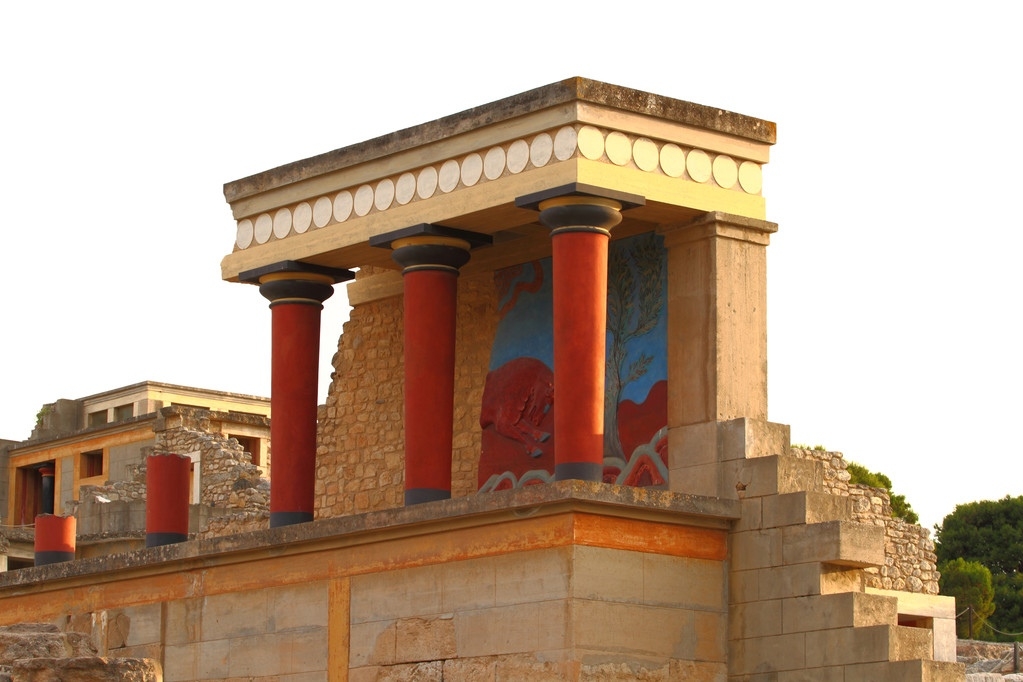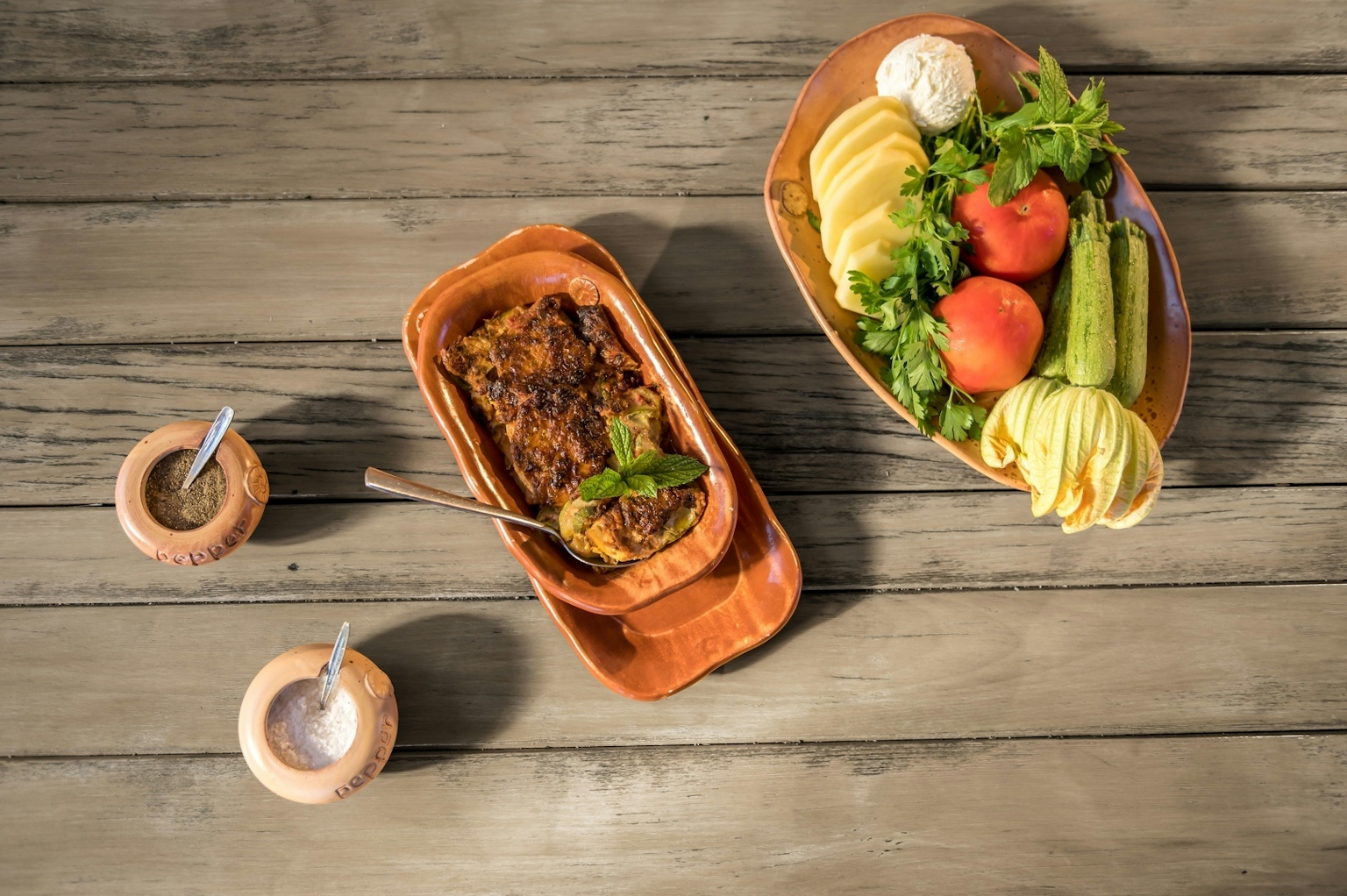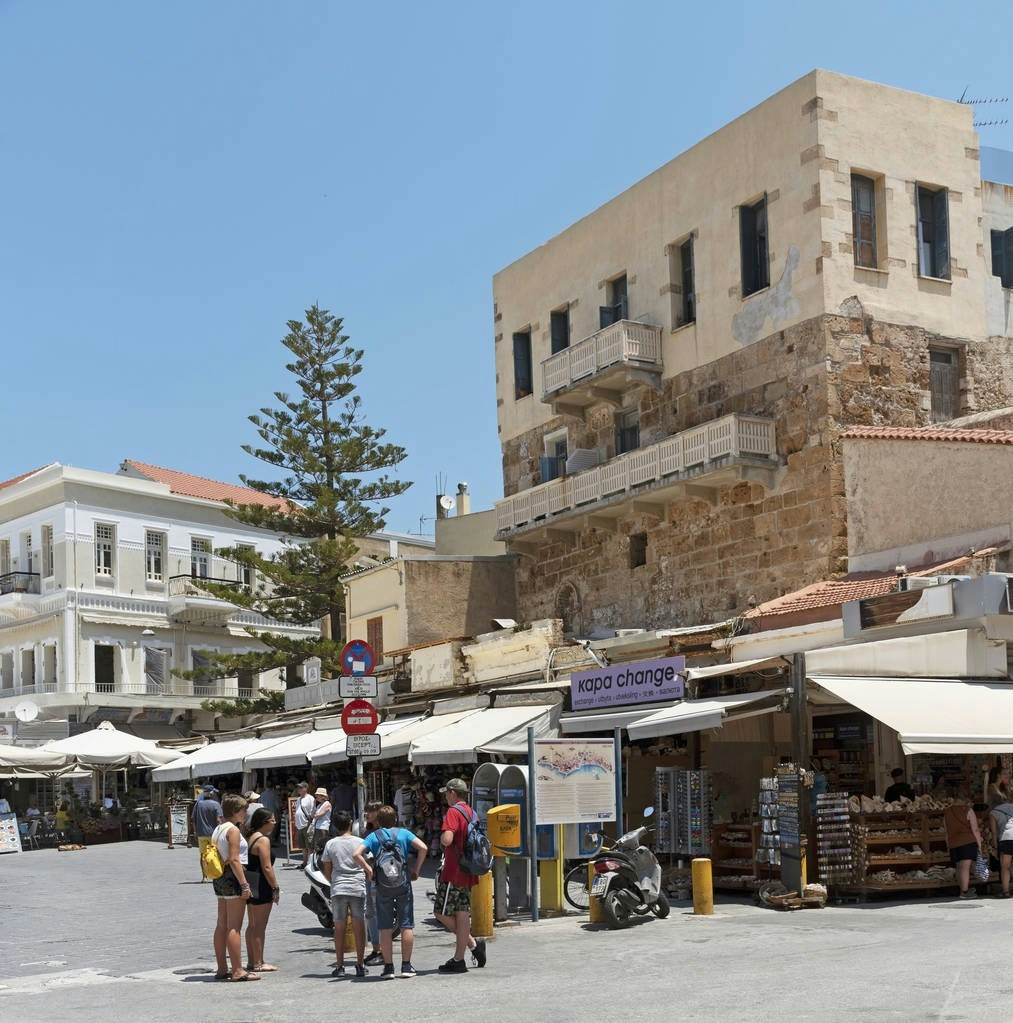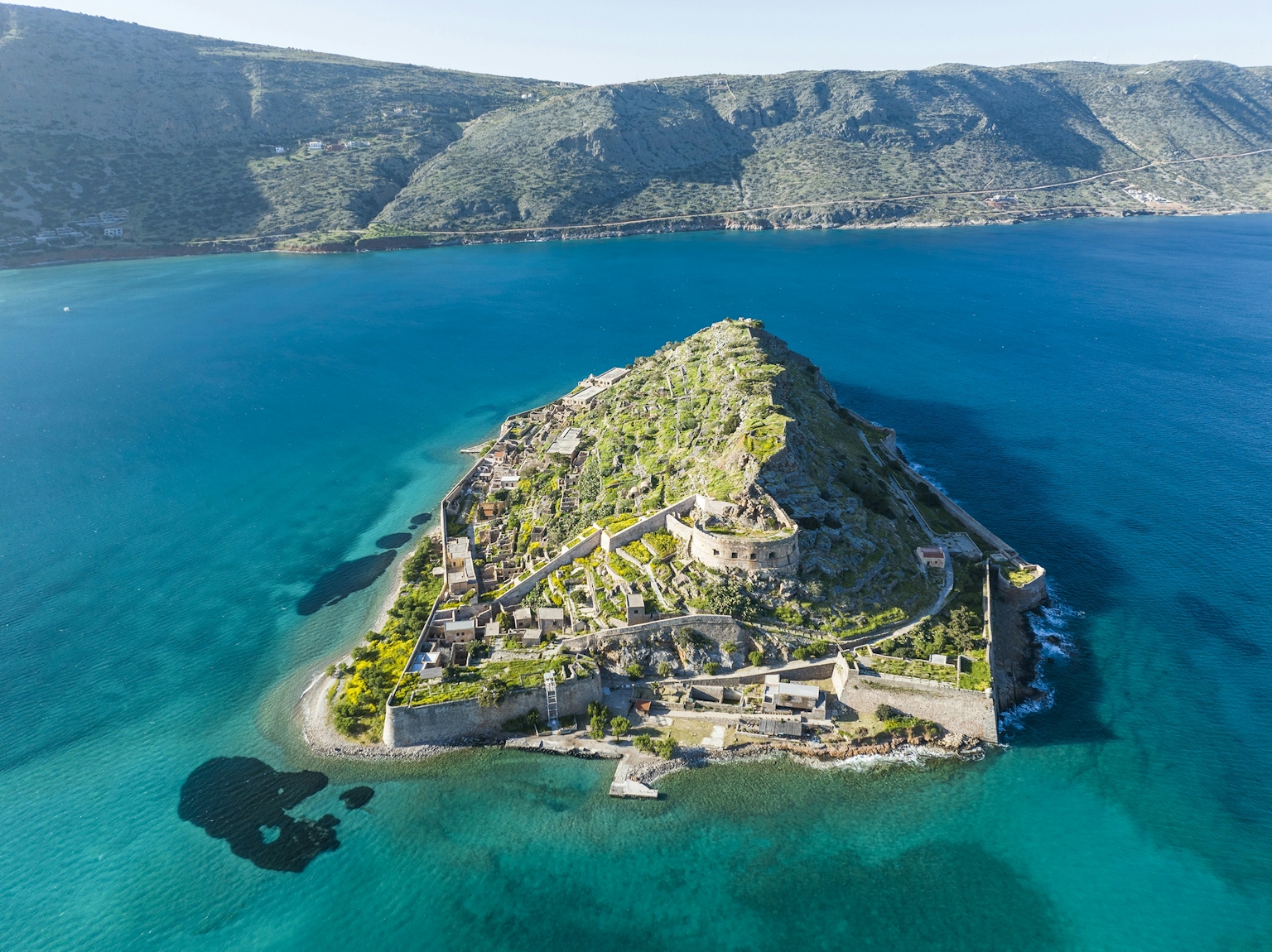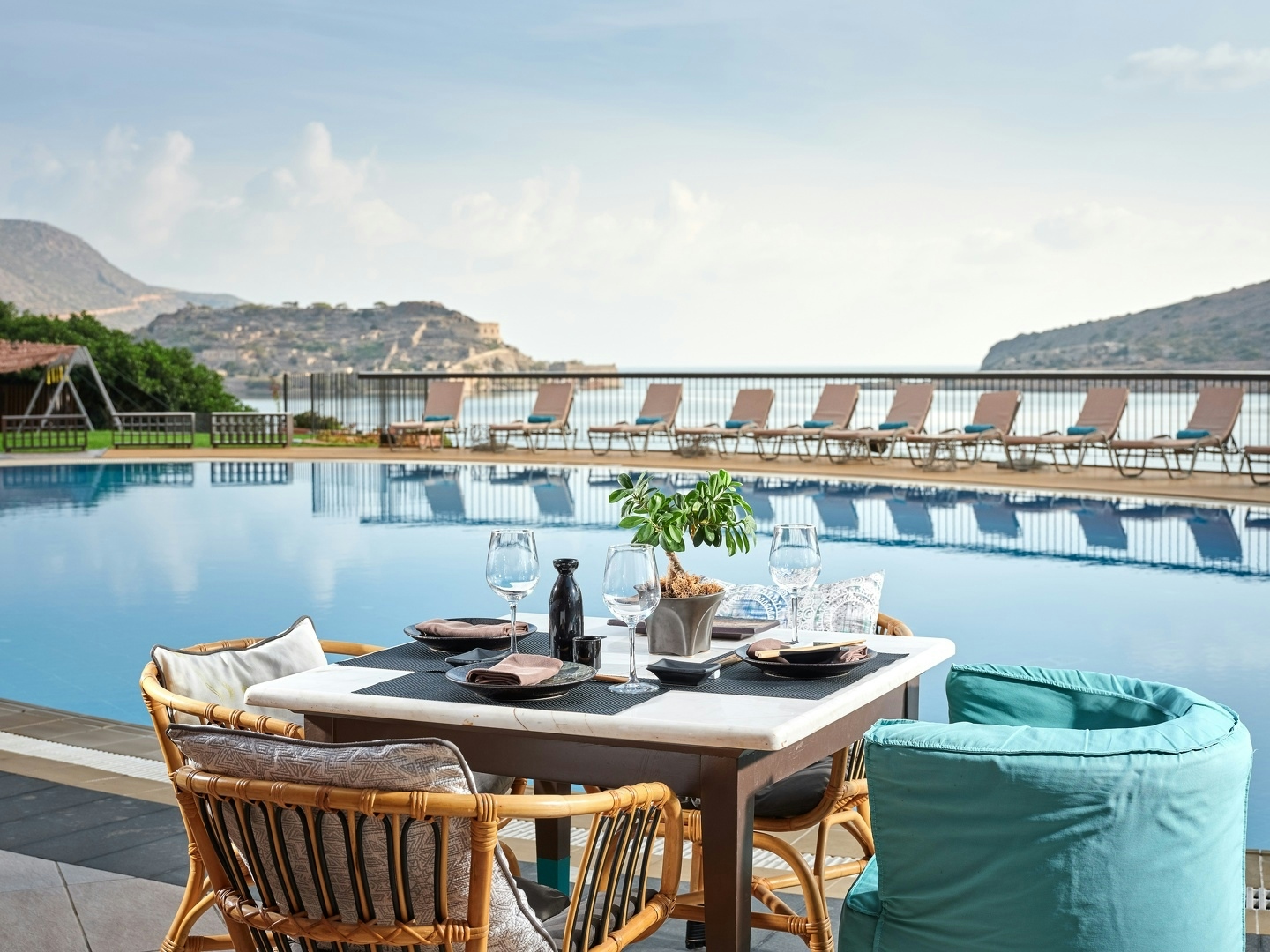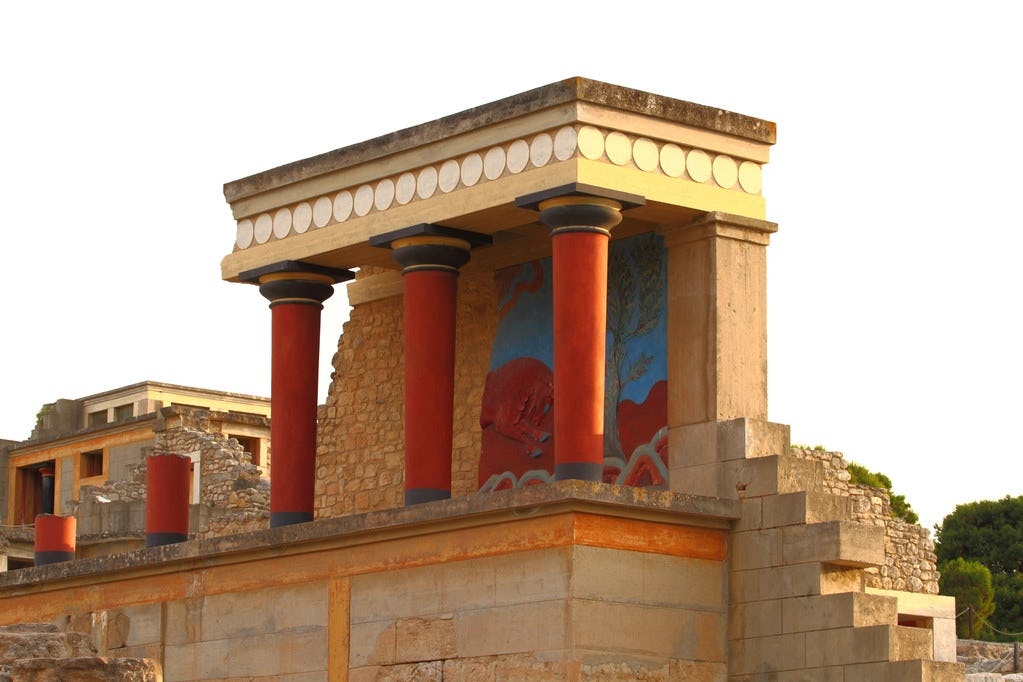
One lifetime isn't enough to explore the untamed beauty of Crete and its timeless Cretan traditions.
Crete, the largest Greek island and one of the Mediterranean's largest, draws millions of visitors from across the globe every year who come to appreciate its rugged beauty, delightful climate, crystal-clear beaches, and the legendary Cretan hospitality.
Crete, the birthplace of Europe's first civilisation, the Minoan, which thrived from 3000 BC to 1200 BC, saw its ancient wonders unveiled a century ago through the excavations led by Sir Arthur Evans. These discoveries revealed the marvel of the Minoan Civilisation and the oldest architectural monument in Europe, the Knossos Palace.
Since then, Crete has remained a focal point of interest and a coveted prize for various European empires seeking to conquer it. The Cretans, known for their prowess as skilled warriors, have embodied a symbol of freedom while steadfastly preserving their rich history and unchanging traditions.
According to mythology, Crete holds great significance in the story of Zeus. It is said that Zeus was born in a cave on Mt Dikti, where his mother Rhea protected him. Additionally, Crete played a pivotal role when Zeus, in the form of a bull, transported Europa to the island. Their union led to the birth of Minos, the legendary king of Crete.
The Minoan Civilisation
The Minoan civilisation derived its name from the legendary King Minos, who was believed to be the offspring of Europe and Zeus. Situated in the heart of the Mediterranean, the island of Crete swiftly emerged as a formidable maritime and commercial power due to its strategic location. During this era, the concept of the 'Minoan thalassocracy' took shape, with Knossos exerting significant influence over both the economic and political aspects of life. This dominance was attributed to Knossos' central position on the island, allowing it to oversee agriculture, livestock farming, and the export of products crafted in various workshops and villages. As a result, the Minoan civilization prospered economically.
The major cities of Minoan Crete included Knossos, Phaistos, Malia, and Zakros. Each of these cities boasted substantial palaces, with the grandest and most magnificent being the Palace of Knossos. It was so vast that it resembled a miniature town, built around an expansive central courtyard. Remarkably, the palace even featured an aqueduct and a sewage system.
In the Minoan civilisation, women held a significant and powerful position. They enjoyed the same freedoms and rights as men and actively participated in celebrations, sports, and even hunting.
The Minoans held reverence for the Great Goddess, often depicting her as a woman holding snakes in her hands. They celebrated her through feasts that included dance and sports. Symbols integral to their religion were the sacred bull horns and the double axe.
An important historical fact is that the Minoans were among the first inhabitants of Greece to use writing. In Phaistos, archaeologists unearthed a disc inscribed with hieroglyphic writing that remains undeciphered to this day. What makes this discovery even more remarkable is that the shapes on the disc were created using stamps, making it one of the oldest known examples of printing.
The Minoan civilisation met its demise due to the eruption of the Thera volcano, which unleashed massive waves that inundated the shores of Crete, ultimately leading to the destruction of their opulent palaces.
The Untamed Beauty of Crete
One lifetime is insufficient to fully explore the contrasts and untamed beauty of Crete. Exploring the island will take you along countless routes, where ever-changing scenes and a sense of awe pervade this enchanting location. The island's diversity will gratify even the most discerning traveller, with its myriad trails, majestic gorges, hills, and plateaus providing sanctuary for a rich variety of wildlife and birds.
Crete seamlessly blends a romantic atmosphere with picturesque alleyways and cosmopolitan glamour with secluded crystal-clear beaches. Its numerous villages have preserved their timeless charm, keeping tradition, customs, and practices alive, offering a glimpse into another era.
Crete, Mother of the Bold and Honourable
When you're in Crete, you quickly recognise that this place possesses a genuine spirit, hospitable inhabitants, and traditions that have endured through the ages. Despite the historical challenges they've faced, the Cretans have managed to preserve their unique characteristics: their rich language, their spontaneous and unpretentious manner of expression, and their unwavering desire for freedom. Crete has given birth to accomplished individuals in literature, the arts, and sciences, who have excelled both in Greece and on the international stage.
The Cretans are distinguished by their rich culture and character, shaped by the historical events that have left their mark on the island and the influences of various conquerors. They are multifaceted individuals: they hold tradition in high regard and will warmly welcome you into their world, yet they are also forward-looking, embracing progress and evolution.
Cretan honour, bravery, honesty, and sincerity are qualities well-known to many. Cretans take pride in being authentic and spontaneous, forging strong bonds with others.
If you ever break bread with a Cretan, you will instantly sense the heartbeat of the island. Around that table, Cretans pour their souls, form lifelong connections, and draw closer. Conversations about history and their cherished land, relishing the exquisite Cretan products renowned worldwide, and sharing their abundant humour are all part of the experience. This is complemented by tsikoudia, which is offered in times of joy and sorrow alike, as a gesture of hospitality.
Immerse yourself in the enchantment of the island, and you'll savour a once-in-a-lifetime experience. It's certain that our paths will cross again.
Photo: By viperagp Via create.vista
